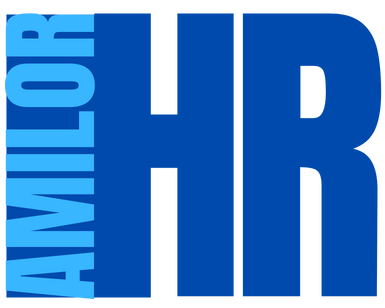Gestion prévisionnelle des emplois et des compétences (GPEC) has evolved to become gestion des emplois et des parcours professionnels (GEPP). This transition reflects changes in the world of work and new corporate requirements. Let’s take a look at the key aspects of these systems and their implementation.
From GPEC to GEPP: evolution and legal framework
GPEC was initially introduced to anticipate companies’ skills needs. On the other hand, the Macron ordinances of 2017 introduced the GEPP, marking a significant evolution in the approach to human resources management.
The legal framework for PPIM applies to :
- Companies with 300 or more employees
- Community-scale groups with at least 150 employees in France
By law, management and labor must negotiate every three years to set up a PPIM system. This obligation underlines the importance attached to strategic human resources planning.
The shift from GPEC to GEPP reflects greater consideration of :
- Dynamic skills management
- Individual career paths
- Ongoing training
- Employee employability
In addition, the GEPP integrates new issues such as the ecological transition, similarly aligning HR practices with contemporary corporate challenges.
Objectives and implementation of the PPIM
PPIM has a number of objectives that are crucial to the long-term viability and competitiveness of companies. Here are the main ones:
- Anticipating changes in skills and professions
- Improve career management and internal mobility
- Adapting skills to company developments
- Develop competitiveness
To effectively implement PPIM, companies need to follow a structured, multi-stage process:
- Define the company’s strategic challenges
- Carry out a diagnosis of skills and professions
- Identify gaps between needs and resources
- Draw up and implement an action plan
- Evaluate and monitor the process
Implementing PPIM requires the use of specific tools for effective management:
| Tool | Function |
|---|---|
| Skills and competencies repository | Mapping the skills required for each position |
| Job descriptions | Describe the missions and responsibilities of each function |
| Appraisal and professional interviews | Assess performance and define development objectives |
| Training plan | Organize training initiatives to bridge skills gaps |

Differences and advantages of PPIM compared to GPEC
The transition from GPEC to GEPP brings significant changes to the approach to human resources management. Here are the main differences:
- More dynamic approach: PPEM emphasizes the continuous evolution of skills rather than static planning.
- Focus on individual career paths: It encourages personalized career management, thus fostering employee commitment.
- Integration of contemporary issues: GEPP takes into account modern issues such as the ecological transition.
- Increased digitization: The use of HR information systems (HRIS) optimizes skills and talent management.
These differences bring several advantages:
- greater adaptability to rapid changes in the job market
- Improved internal mobility and talent retention
- A more holistic view of employees’ professional development
- Closer alignment between corporate strategy and skills management
GEPP aims to build cross-functional solutions that meet the needs of companies, employees and regions. This global approach enables more effective and harmonious management of human resources.
Challenges and future prospects for GEPP
GEPP faces several major challenges in today’s working world:
- Accelerating technological change
- Globalization of markets
- New forms of work (telecommuting, flexibility)
- The evolving expectations of new generations
To meet these challenges, companies need to adopt a proactive, innovative approach. Here are some future prospects for the GEPP:
- Artificial intelligence and HR: Using AI to analyze labor market trends and predict skills needs.
- Lifelong learning: Implementation of e-learning platforms to facilitate the constant acquisition of new skills.
- Agile talent management: Development of talent management models that are more flexible and adaptable to rapid change.
- Inter-company collaboration: Creation of partnerships to share resources and skills in a wider ecosystem.
PPIM will continue to evolve to adapt to the realities of the labor market. Companies that anticipate these changes and integrate these new perspectives into their HR strategy will be better positioned to attract, develop and retain the talent they need to grow.
Finally, the transition from GPEC to GEPP represents a paradigm shift in human resources management. It offers companies a more flexible and dynamic framework for anticipating their skills needs and supporting the professional development of their employees. In an ever-changing world of work, GEPP has become an essential strategic tool for ensuring the competitiveness and sustainability of organizations.

